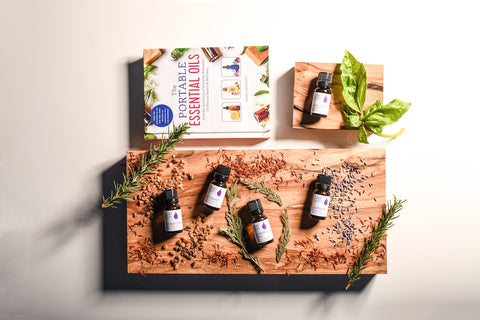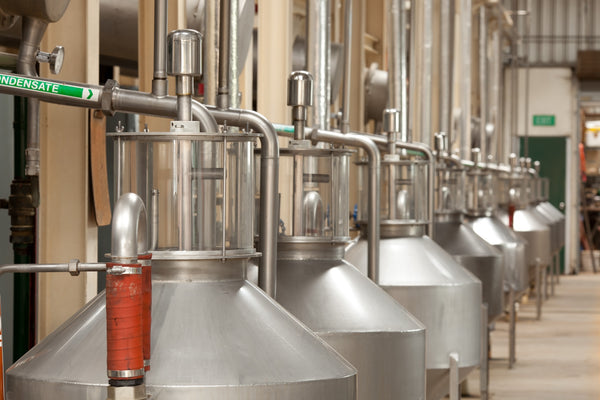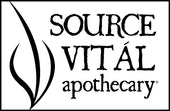The Art of Essential Oils: Crafting Nature's Fine Elixirs

As National Drink Wine Day approaches, it's the perfect time to uncork the secrets behind another beloved elixir of Nature: essential oils. Much like fine wines, essential oils are crafted with meticulous care, drawing out the essence of botanicals to create aromatic masterpieces. But have you ever wondered about the process behind these fragrant wonders and why their prices can vary like wine brands and vintages?
Let's embark on a journey through the art of essential oil production and explore the nuances that make each bottle a unique treasure.

The Distillation Process
Essential oils are extracted from various parts of aromatic plants, including flowers, leaves, bark, stems, resin, and roots. The process of obtaining these oils typically involves steam distillation, although other methods such as cold pressing and solvent extraction may also be used depending on the plant material.
At the heart of most essential oil production lies the ancient art of distillation. Just as winemakers carefully select grapes and control fermentation to create the perfect vintage, essential oil artisans choose the finest botanicals and employ various distillation methods to extract their precious essences.
Steam distillation reigns as the most common technique, where plant material is gently heated with steam, allowing the volatile compounds to evaporate and then condense into a potent aromatic liquid. This delicate process requires expertise and precision to preserve the integrity of the oils.
Other techniques include cold-pressing or solvent extraction. Cold-pressing is primarily used for obtaining essential oils from citrus fruits like oranges, lemons, and grapefruits. The peel of the fruit is mechanically pressed to extract the aromatic oils. Solvent extraction is often employed for extracting oils from delicate flowers, such as jasmine and rose. A solvent is used to dissolve the aromatic compounds from the plant material. The resulting mixture is then filtered to remove the solvent, leaving behind the concentrated essential oil.
Quality and Complexity
Much like fine wines, the quality and complexity of essential oils are influenced by a myriad of factors. From soil composition and climate to harvesting techniques and distillation methods, every step in the production process contributes to the final product's character and aroma profile.
For instance, Lavender grown at high altitudes tends to yield oils with a sweeter, more floral scent, while those cultivated in lower elevations may possess a more herbaceous aroma. Similarly, the time of harvest can impact the oil's composition, with some botanicals reaching peak potency during specific seasons.
Rarity
As with fine wines, rarity often drives the value of essential oils. Botanicals that are scarce or challenging to cultivate—such as Rose, Jasmine, and Sandalwood—command higher prices due to limited availability and labor-intensive extraction processes.
For example, Rose Absolute Essential Oil is derived from thousands of petals handpicked to yield a very small fraction of aromatic liquid. This painstaking process, coupled with the delicate nature of the rose's fragrance, contributes to its premium price tag, akin to the finest vintage wines coveted by connoisseurs.
Artisanal Craftsmanship
Much like boutique wineries renowned for their artisanal craftsmanship, small-batch essential oil distillers take pride in their meticulous approach to production. These artisans often cultivate botanicals using sustainable practices, hand-harvesting and distilling them in small quantities to preserve their purity and potency.
By prioritizing quality over quantity, these craftsmen create oils of unparalleled richness and depth, elevating them to the status of coveted treasures among aromatherapy enthusiasts and wellness aficionados alike.
The Price of Purity
While it's true that premium essential oils may come with a higher price tag, discerning consumers understand that they're investing in excellence. Just as a connoisseur would savor the nuanced flavors and aromas of a fine wine, aficionados of essential oils appreciate the purity, potency, and therapeutic benefits that come with superior craftsmanship.
When selecting essential oils, it's essential to prioritize quality and purity over price. While budget-friendly options may be tempting, they often sacrifice quality for affordability, diluting the therapeutic properties and aromatic complexity that make essential oils truly exceptional.
In essence, essential oils are nature's equivalent of fine wines—crafted with passion, expertise, and a deep reverence for the botanical treasures they embody. From the careful cultivation of aromatic plants to the meticulous distillation process, each bottle represents a labor of love and a testament to the artistry of the artisans who bring them to life.
So, as you raise a glass to toast National Drink Wine Day, take a moment to savor the fragrant delights of essential oils. Whether you're drawn to the delicate bouquet of Lavender Essential Oil, the rich aroma of Sandalwood Essential Oil, or the uplifting scent of Orange Essential Oil, each drop invites you to indulge in nature's finest elixirs and discover the beauty of aromatherapy.


Leave a comment